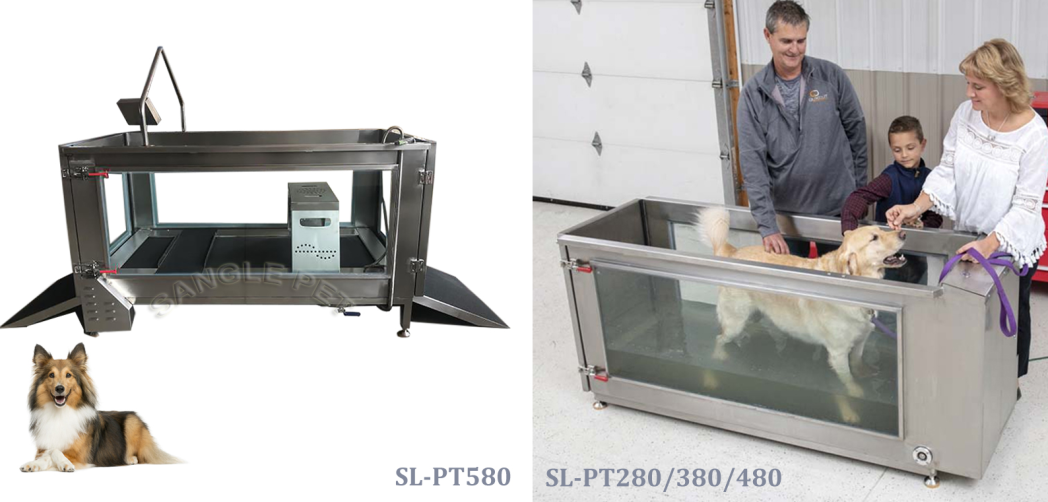News
How To Exercise A Dog On A Water Treadmill
How To Exercise A Dog On A Water Treadmill
Many pet owners find it difficult to provide their senior dogs with enough exercise. As a result, many dogs gain weight as they age, which negatively impacts their overall health. For many older dogs taking part in vigorous exercise is not possible due to weakened joints and in some instances arthritis. One way that you can ensure your dog continues to receive enough exercise in old age is to allow them to exercise on a water treadmill. These devices provide senior dogs with an opportunity to engage in resistance based exercise. However, keep in mind that dogs suffering from severe arthritis find the extra resistance on their joints causes discomfort and so a treadmill is best avoided. To provide your dog with exercise on a water treadmill, you will need to locate a hydrotherapy clinic in your area and introduce your dog to the water treadmill.
Method1
Find a right water treadmill for your dogs
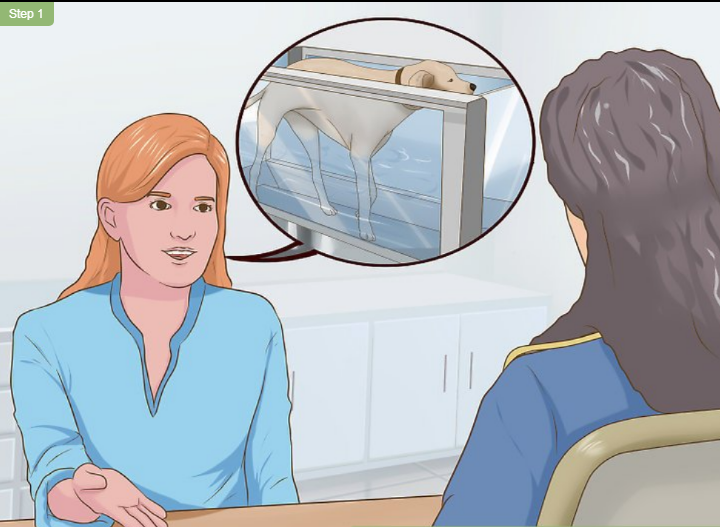
1. Ask your veterinarian about exercising your dog on a water treadmill. If your senior dog is suffering from arthritis or is not getting enough exercise due to mobility issues, you should talk with your veterinarian about possible treatments. Ask your veterinarian if exercising your dog on a water treadmill would be beneficial for him. Although exercising your dog on a water treadmill can be good for some senior dogs, there are certain conditions that make this type of therapy inadvisable.
· For instance, if your dog also suffers from respiratory or cardiac disease, exercising your dog on a water treadmill may not be recommended. If your dog has arthritis, then using a water treadmill may not be recommended because of the increased resistance, which can be stressful on your dog’s joints.
· Similarly, your dog should not use a water treadmill if they have skin sutures or cuts.
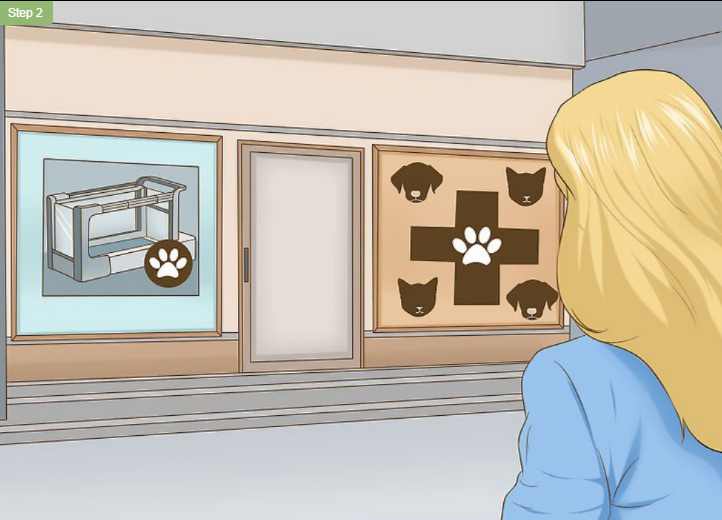
2. Locate a veterinary clinic that has a water treadmill. Many veterinary clinics are now offering water-based rehabilitation; however, it is still a relatively modern form of treatment. If your veterinary clinic does not have a water treadmill, ask your veterinarian to refer you to an appropriate clinic in the area.
· Ask what training the clinicians have received.
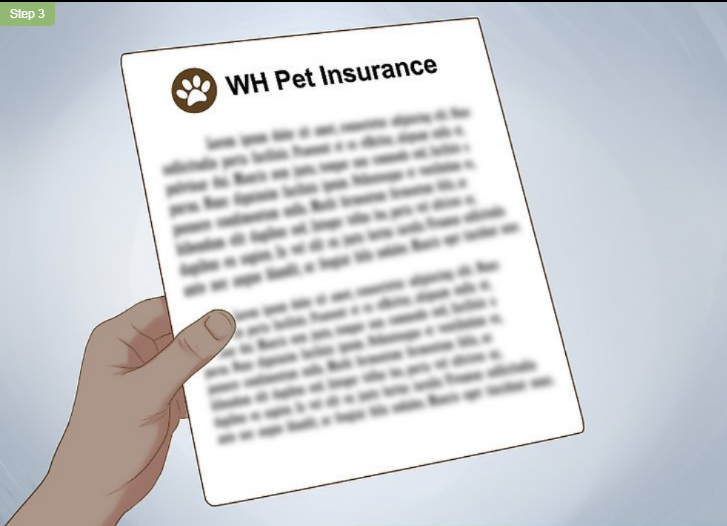
3. Check your pet insurance. If you have pet insurance, then this may cover some of the cost of water treadmill use for your dog. If your dog is using a water treadmill for exercise purposes, or as a result of arthritis, they may need to continue the therapy once a week for the rest of their life.Call the pet insurance company to find out if this cost is covered.
· It is also possible that your pet insurance will not cover the cost of your dog using a water treadmill, so you may need to pay for this therapy yourself. Ask at your veterinarian’s office about the costs.
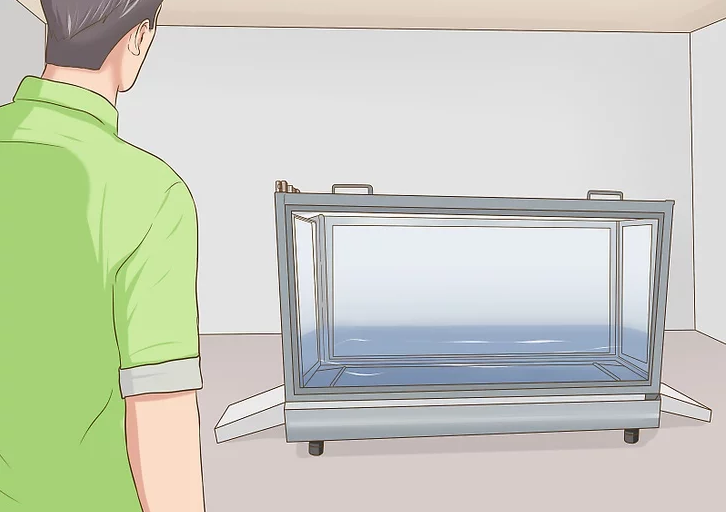
4. Ensure the facilities are clean. It is a good idea to visit the facilities prior to allowing your dog to begin using the water treadmill. Make sure that the clinic is clean and that the staff is friendly and knowledgeable. A little bit of dog hair in the pool will not harm your dog, but it is good to know that the entire facility is clean. Bacteria and infections could spread between dogs if proper precautions are not taken.
· The water should be treated with chlorine each time the water is changed. For water treadmills this happens regularly.
· Ask the clinician how often they change the water and what chemicals they use to clean.
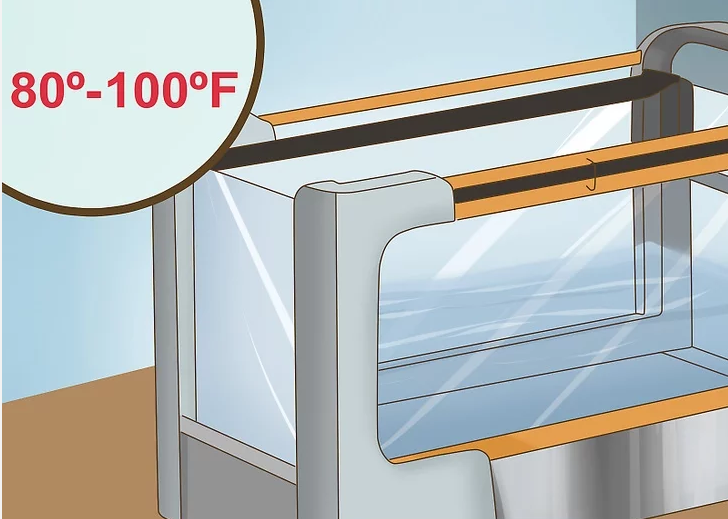
5. Set the water temperature. Make sure that the water temperature is relatively warm, between 80 and 100 degrees Fahrenheit (27-38 degrees Celsius). This warm water temperature will help to increase mobility and flexibility in aging dogs. It also helps to increase blood flow.
· If the water is too warm it can cause your dog to overheat.
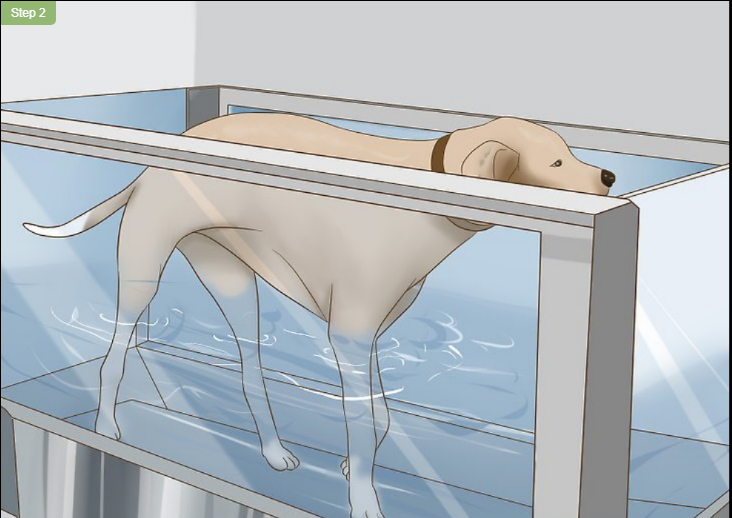
6.Let your dog get used to the water and equipment. When you are first introducing your dog to using a water treadmill, you should start slowly. Your dog may be nervous around water and the equipment. Typically, the pet therapist will enter the tank with dog and stay with them throughout the first therapy session to make sure they are comfortable.
· If your dog is nervous around water, you should have them get used to walking on the treadmill first before filling up the tank with water. Most facilities will only add an inch or so of water to start, and then will gradually add more water as your dog gets used to the sensation.
· Most dogs will eventually become accustomed to the equipment and will enjoy the exercise.
· Dogs do not need to be able to swim because they will be able to touch the bottom at all times.
· The clinician and/or veterinarian will evaluate your dog prior to treatment to make sure that exercise on a water treadmill is a suitable activity for your dog.
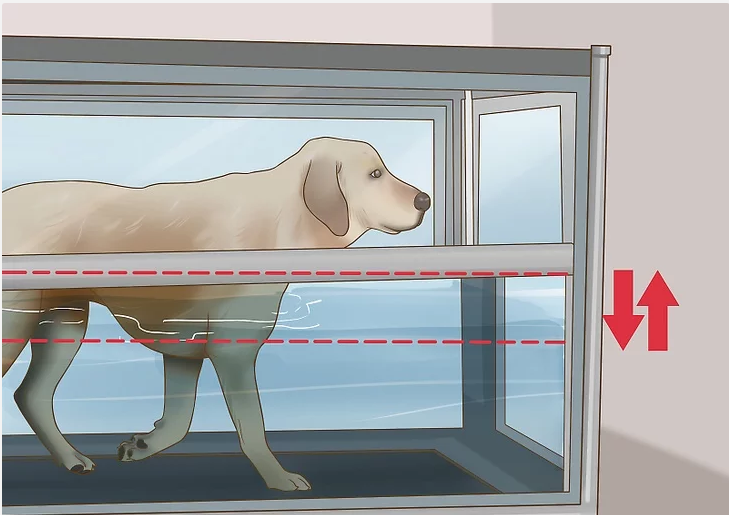
7. Adjust the water level as therapy progresses. Exercise on a water treadmill is an excellent option for senior dogs because of the added buoyancy that water provides. As your dog progresses through the treatment and muscle strengthening occurs, the pet therapist can decrease the amount of water to begin putting more pressure on the dog.
· As dogs age, they may develop sore muscles, stiff joints, arthritis or hip dysplasia. If you dog has one of these conditions, then using a water treadmill may not be ideal. He may do better with an exercise like swimming instead.
· Initially, the pool will be filled with water to just below the dog's shoulder height.
· Water will need to be adjusted specifically for each dog that uses the treadmill. You can do this by draining and adding water to the tank.
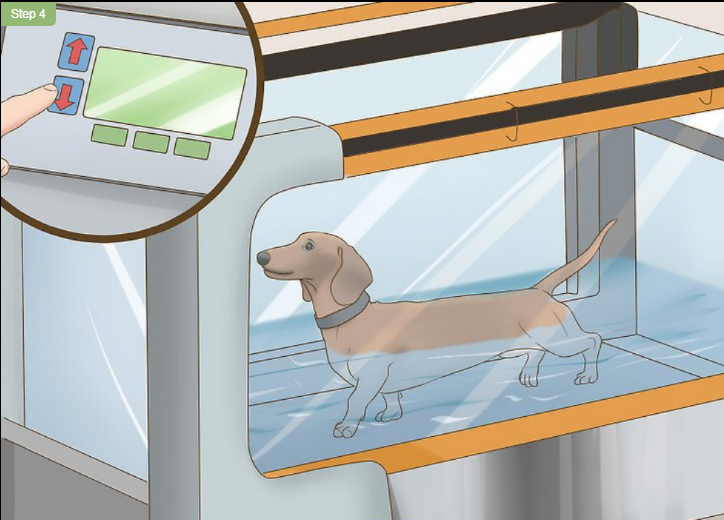
8. Adjust the water treadmill speed to the size of the dog. The speed of the treadmill can also be adjusted to meet the needs of your dog. For instance, smaller dogs, with short legs, will generally walk at a slower speed than taller dogs. The clinician can also increase the speed throughout the exercise session in order to increase the water resistance and give your dog a better workout.
· Your dog should use the water treadmill once a week for 30 minutes at a time.
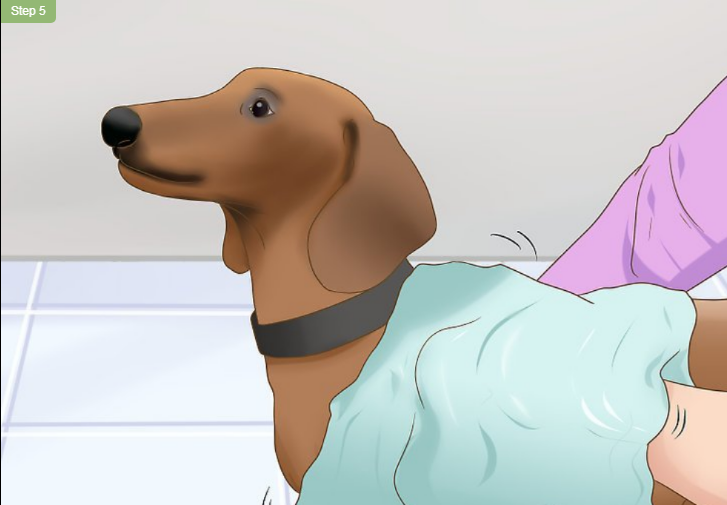
9.Completely dry the dog afterwards. Once your senior dog has completed an exercise session on a water treadmill, make sure that you thoroughly dry your dog. Older dogs will become colder more quickly than younger dogs. As a result, you should dry off the dog immediately once they get out of the water.
00004.
· Use a towel to dry the dog. This will help to remove some of the water. You can also use a blow drier to completely dry the dog once you get home.
More details----
【 Go Back 】 | 【 Print 】 | 【 Close this window 】






